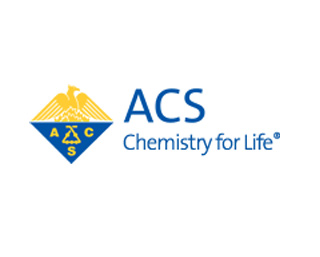
Measuring a particular substance’s density is essential in the food industry, health care and other settings as they highlight necessary information about a particular substance’s chemical composition. For example they can underline the sugar content of soft drinks, the amount of alcohol in wine or if the water used by farmers on the field contains too much salt. Experts share that presently available devices make it difficult and therefore a need arises for simpler, less expensive and easy-to-use technology.
Scientists developed a special sensor that uses maglev to fulfill these requirements. They proceed by suspending solid or liquid samples with the help of magnets to examine their density. The sensor is as small as an ice cube and it contains a fluid-filled container with magnets attached on either ends. Samples of various materials can be placed insid and, the distance that they travel through the fluid is said to help evaluate their density.
This device was observed to quickly mark the salt content of different water samples and the comparative fat content in different dairy products namely milk, cheese and peanut butter. Significant applications of maglev include examining the suitability of water for drinking or irrigation; it also notes the fat content in foods and beverages or evaluates the processing of grains.
This article was published in ACS’ bi-weekly Journal of Agricultural and Food Chemistry.
